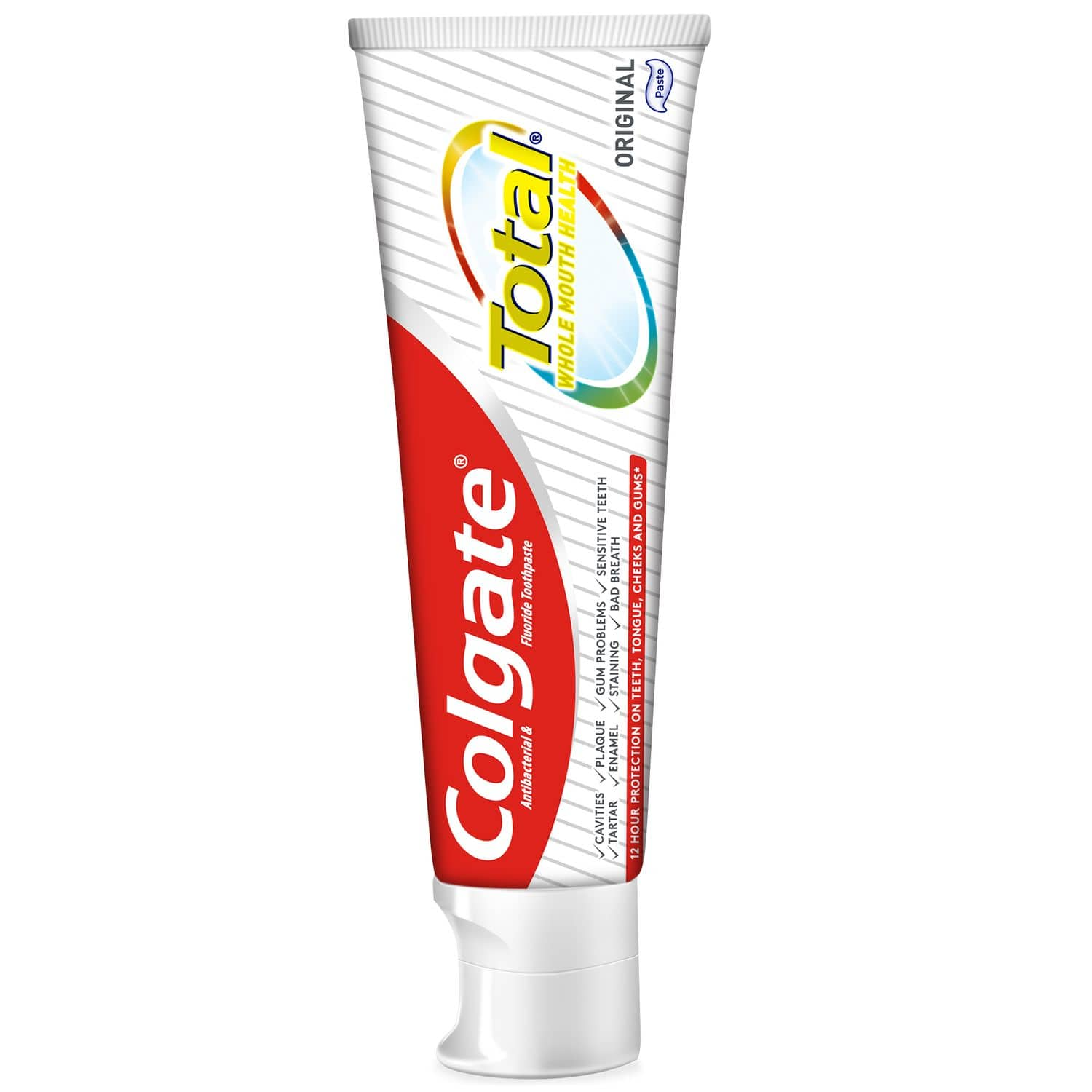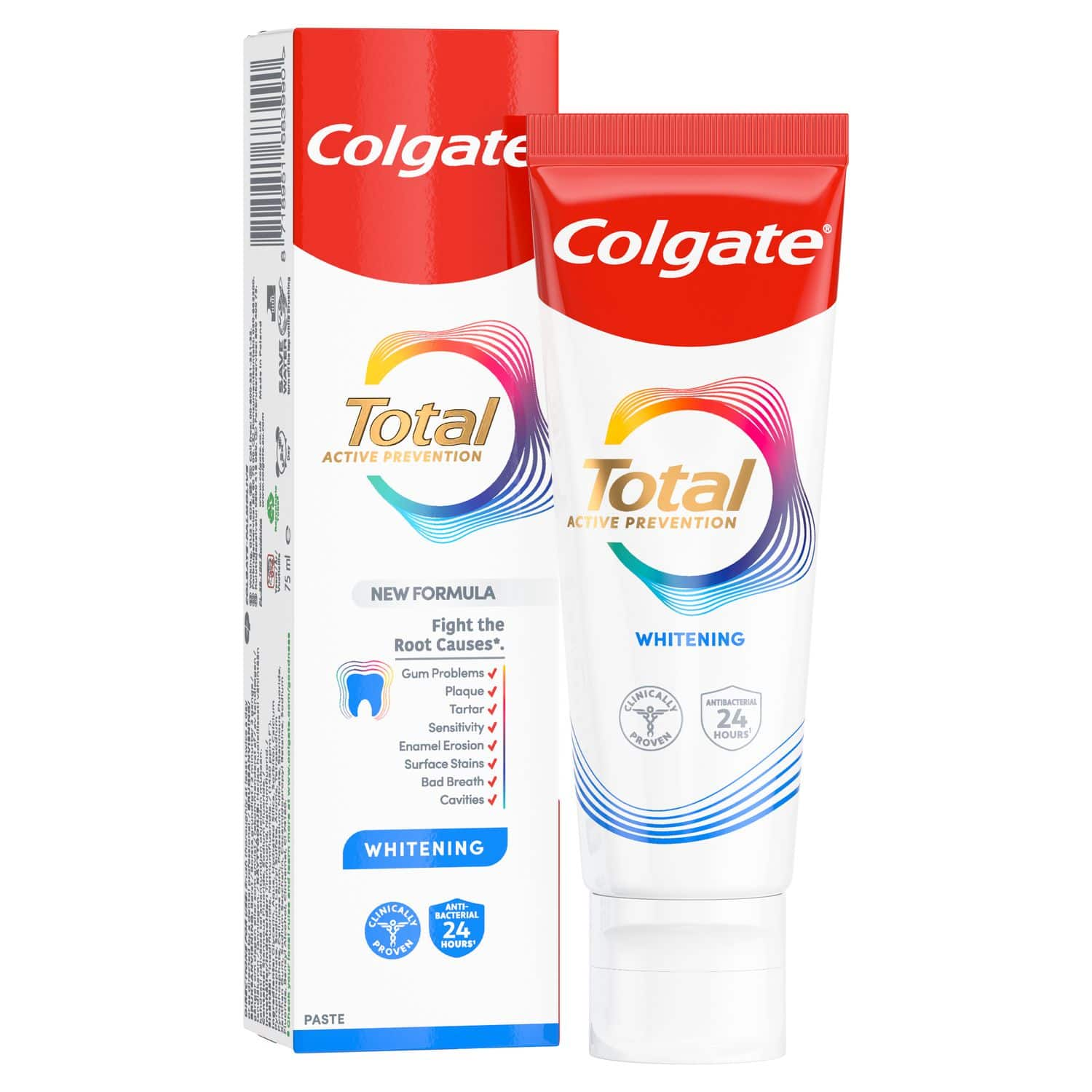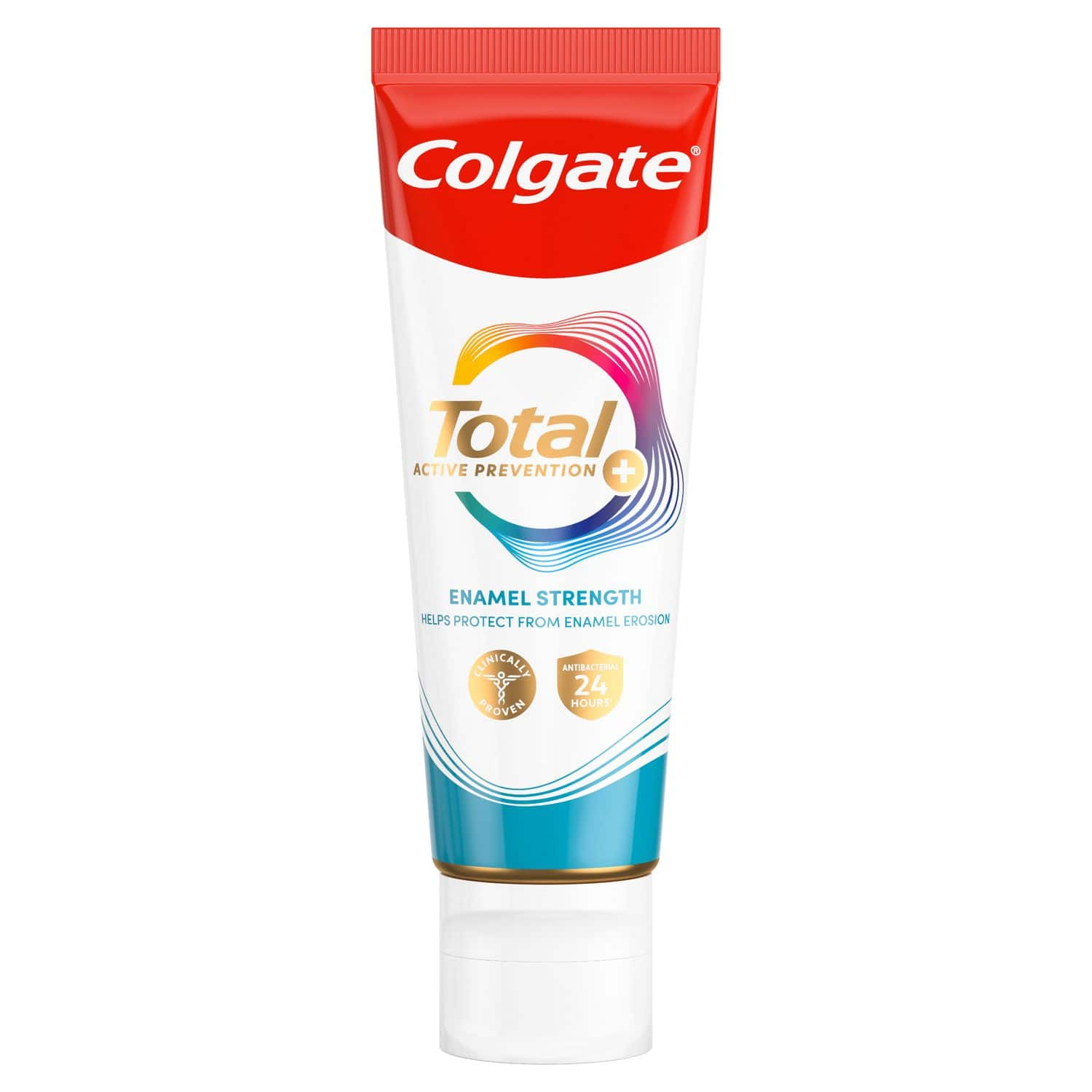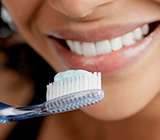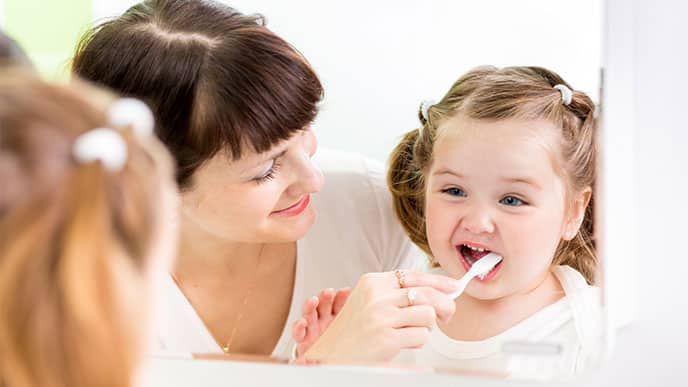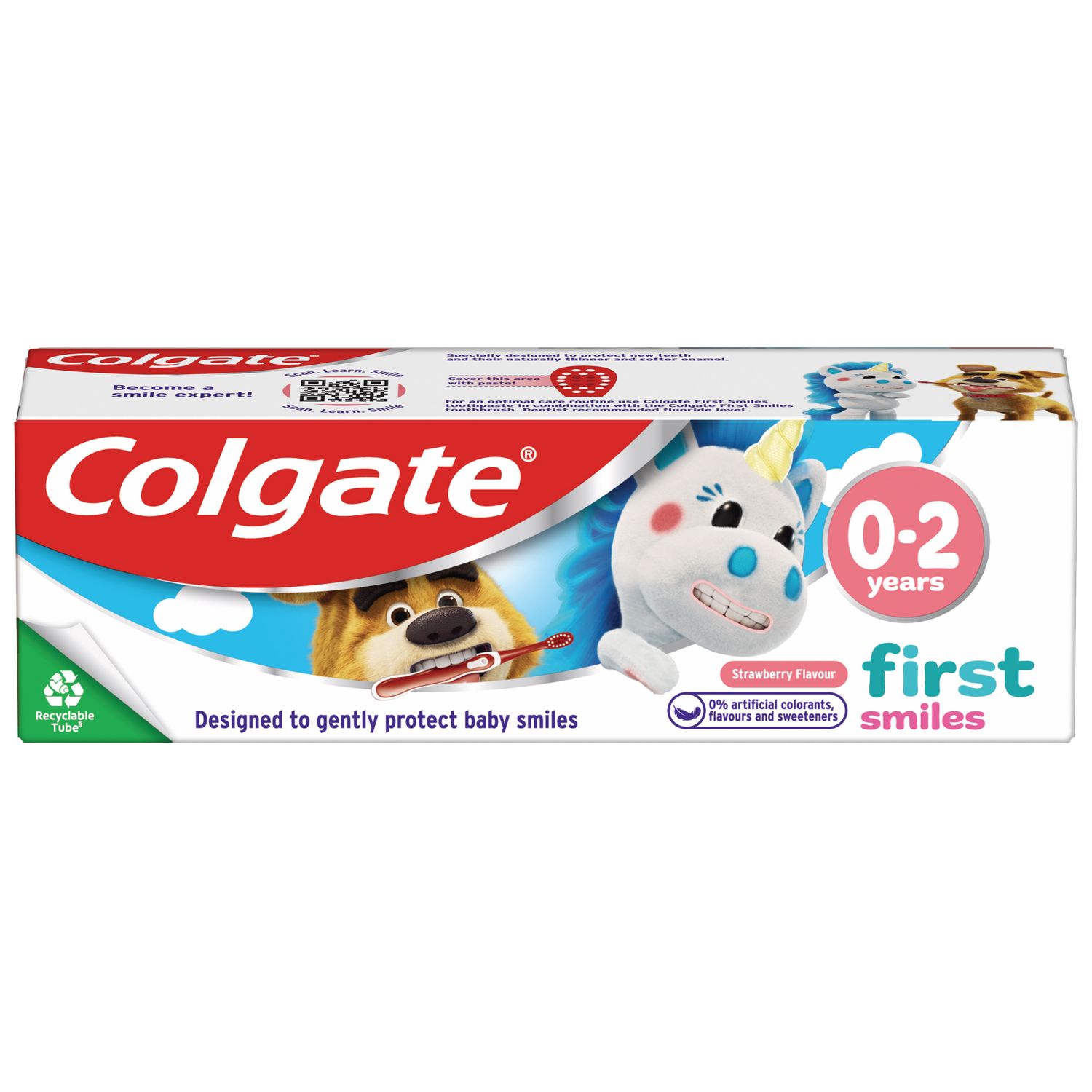Teething rash, sometimes called a dribble rash, is the result of excessive saliva irritating a baby's face while their teeth are coming in. When your baby has any kind of rash on their body, it's always wise to question whether it's from teething or another cause. If you’ve ever wondered ‘Can teething cause a rash?’, keep reading to find out how, plus tips on how to prevent and treat a teething rash and some home remedies that can help.
Is Teething Rash the same as Dribble Rash?
The terms teething rash, dribble rash or drool rash are interchangeable. Teething causes your baby to drool more and can result in skin irritation that leads to a rash. Many people wonder ‘What does a teething rash look like?’, especially when compared to other rashes. A teething rash can develop on the cheeks, chin, neck and chest, and look like chapped skin or small red bumps. Teething should not cause a rash on the baby's arms, legs or back, so any rashes that appear in these areas should always be looked at by a paediatrician.
Alongside a teething rash, some other common symptoms of teething you may notice are:
More drooling than normal
Your child may want to chew on things more than usual
Flushed cheeks
More crying or fussing than normal - this is usually due to gum pain
A Rash from Teething or Something Else?
The NHS reports that infants can develop a teething rash as young as a few days old. Likewise, teething can begin as early as two months old, so it's helpful to be aware of these other types of rashes that can occur on or near your child's face or mouth:
Eczema – can occur anywhere on your baby's body and looks dry, cracked and red.
Erythema toxicum – presents itself as blotchy red skin. It only appears in newborns and affects at least half of infants in the first few days or weeks after birth.
Hand, foot and mouth disease – a virus marked by a blistery rash around the mouth, hands and feet (hence the name). It can also be present with mouth sores or a mild fever, and usually lasts about a week, says the NHS.
Hives – typically a result of a food allergy and show up as bright red, itchy bumps that can occur anywhere on the body. Ask your paediatrician about using antihistamines if your baby gets hives after eating.
Unlike these four conditions, a dribble rash will occur only on your baby's face, neck or chest area and typically goes hand-in-hand with other teething symptoms. It's always best to call your paediatrician no matter what the appearance of red spots, to confirm the cause and treatment. They may prescribe ointments or antibiotics depending on the cause of the rash.
Teething Rash Treatment
The best way to help a teething rash is to prevent it from happening in the first place. Try to keep your baby’s skin clean and dry by trying some of our tips below.
Tips for Preventing Drool or Dribble Rash
Keep a clean cloth or rag on hand to wipe any excess saliva off your baby's face.
Gently dab their face with the cloth to avoid irritating the skin.
Use a bib to keep their clothes and neck dry and change it regularly throughout the day.
Home Remedies for Teething Rash Relief
The best way to treat a teething rash is to keep the skin clean, dry and moisturised. Your baby's skin is tender and sensitive, so it's normal to be concerned about using a topical treatment. The NCT suggests dabbing an emollient cream or petroleum jelly around the mouth to protect the skin. Your paediatrician might also recommend a fragrance-free lotion or a natural moisturiser like shea butter.
Before you reach for an over-the-counter teething gel as a solution, take note. According to NICE, the FDA advises caregivers that teething gels containing benzocaine can be toxic to infants. Homoeopathic teething gels and tablets may also be dangerous, according to Public Health. The ingredients in homoeopathic drugs are not regulated for safety or efficacy, and both tablets and gels are toxic to young children. Ask your paediatrician about alternative pain relief like infant doses of paracetamol.*
If your child is suffering through the pain of teething, there are a few other things you can try which may help the pain and, in turn, prevent a teething rash or stop it from getting worse.
Offer your baby a chilled teething ring – avoid a completely frozen teething toy as this can harm your baby's gums.
Massage your baby’s gums for two minutes using a clean finger or gauze - this can help ease the pain and decrease inflammation.
Babies over 12 months can chew on some soft, chilled fruit – like banana pieces. Don’t use anything frozen or hard as they may choke.
If they won’t use a bottle or breastfeed, try giving them some milk in a sip cup.
What to Ask Your Paediatrician
If your child seems unwell and has a rash and a fever, call your GP right away, says the NHS. Keep track of your child's food intake so that you can keep notes about any possible food allergy that may have caused a rash.
Teething and drool are a normal part of raising a baby. A teething rash can be uncomfortable for a while, but before you know it, the red spots will have cleared up and your little one will have a beautiful new smile!
sup>*Always consult a doctor before taking any medication.
This article is intended to promote understanding of and knowledge about general oral health topics. It is not intended to be a substitute for professional advice, diagnosis or treatment. Always seek the advice of your dentist or other qualified healthcare provider with any questions you may have regarding a medical condition or treatment.
ORAL HEALTH QUIZ
What's behind your smile?
Take our Oral Health assessment to get the most from your oral care routine
ORAL HEALTH QUIZ
What's behind your smile?
Take our Oral Health assessment to get the most from your oral care routine
